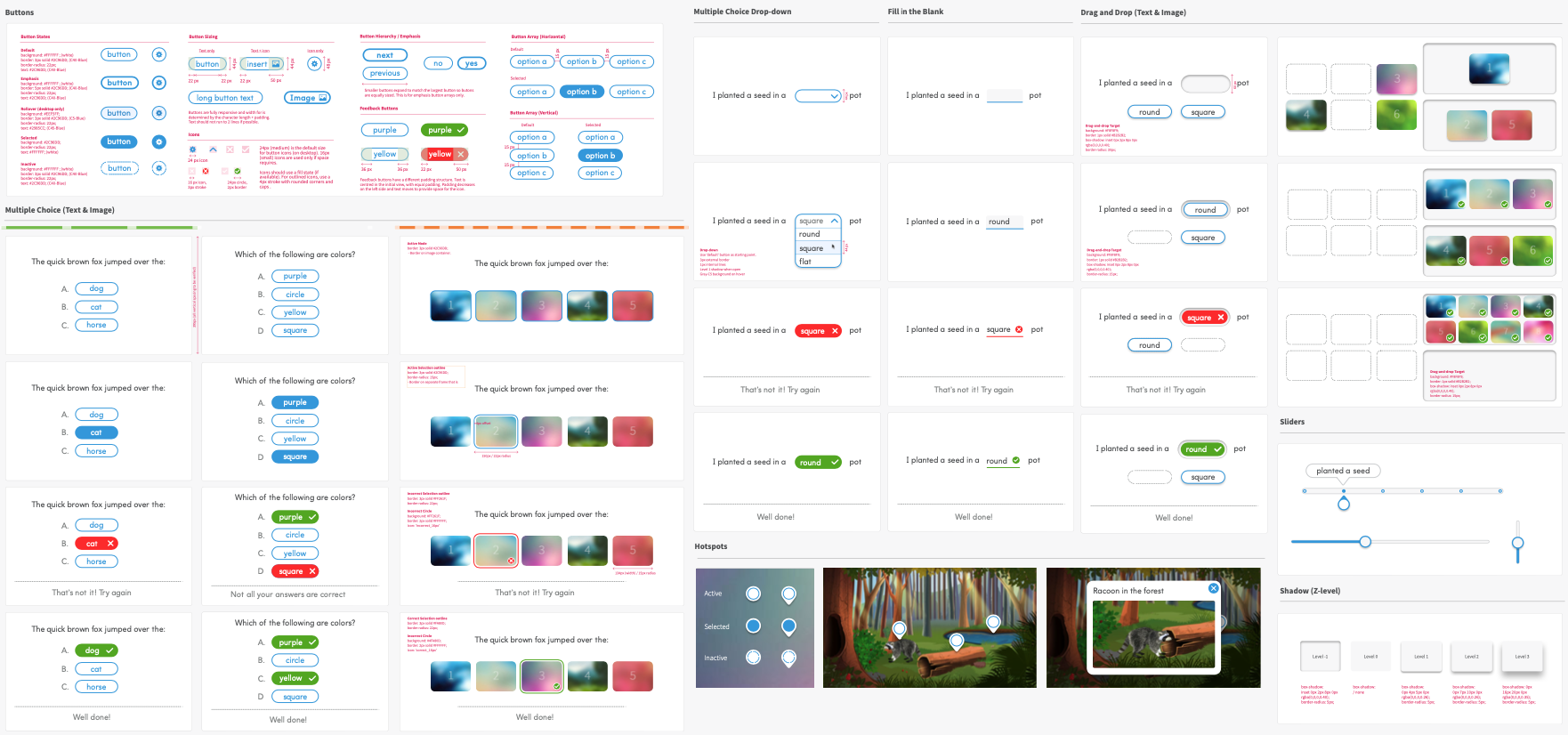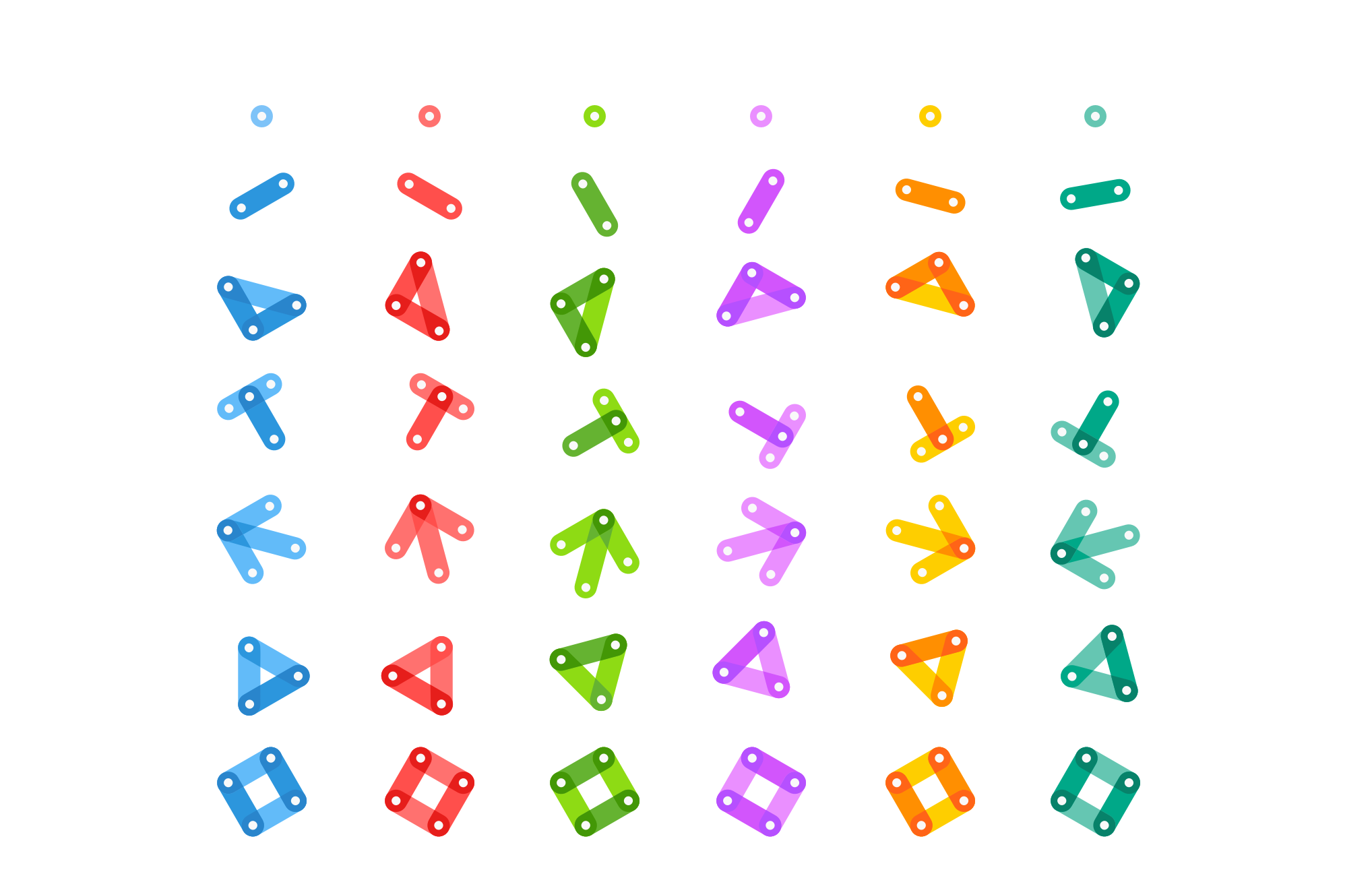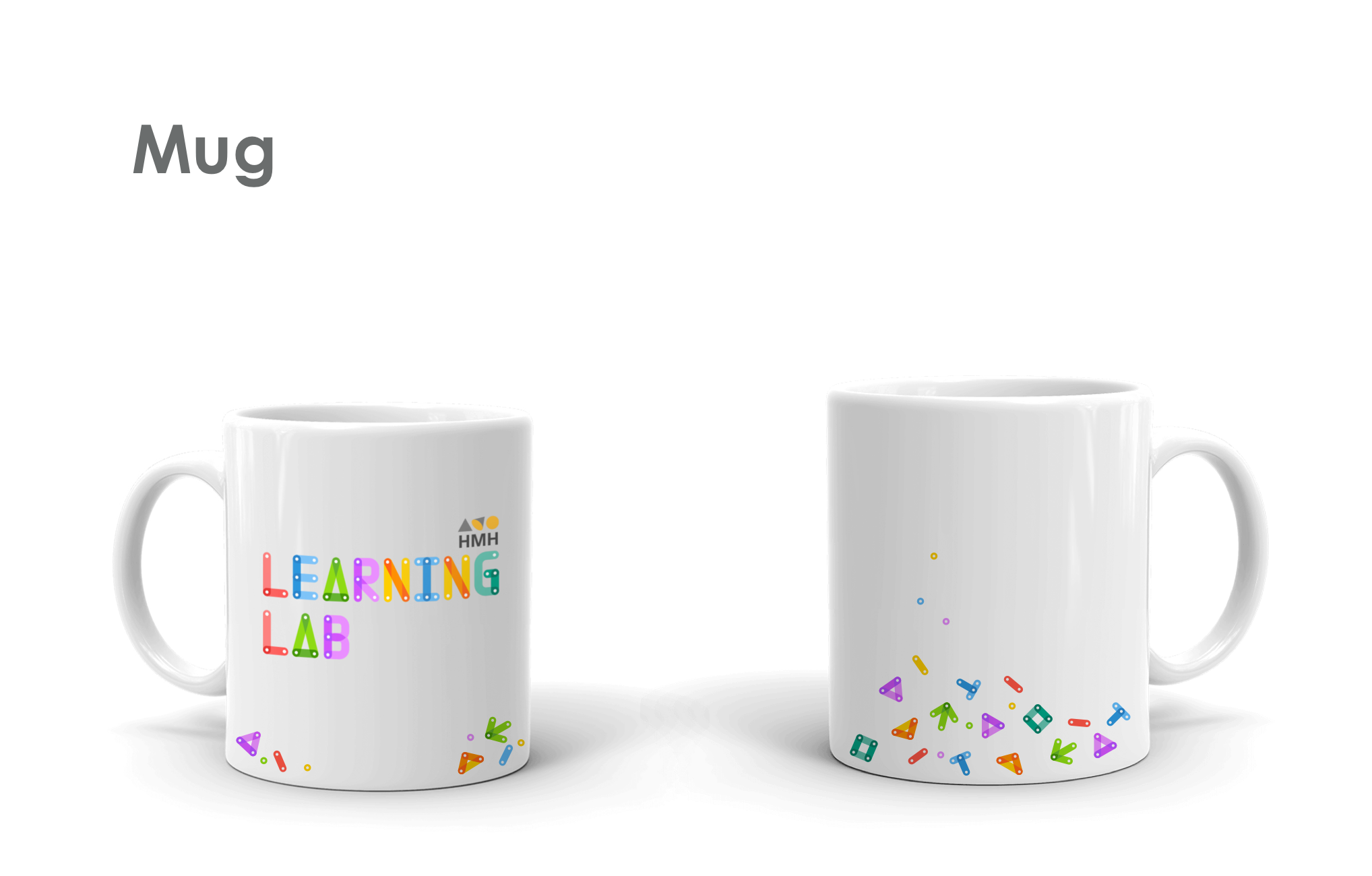
HMH Visual Language Exploration
Project Overview

HMH successfully developed digital learning products for grades 6-12 and explored the potential demand for similar tools for K-5 children.
The project focused on three key areas:
Existing Digital Products: Researched platforms like YouTube Kids to understand the competitive landscape.
Child Development: Analyzed cognitive and motor skill development to design age-appropriate tools.
Digital Access: Examined children’s device access and preferences to align the product with their usage.
This investigation helped assess the viability of expanding into the K-5 market.
My Role
Lead Researcher and UX/UI Designer Role: As the lead researcher and UX/UI designer, I played a pivotal role in:
Research and Analysis: Conducting in-depth research on child development, digital literacy, and competitive landscape analysis to inform product design and development.
User Interface (UI) Design: Creating intuitive and engaging user interfaces that were tailored to the cognitive abilities and learning styles of K-5 students.
User Experience (UX) Design: Ensuring a seamless and enjoyable user experience by conducting usability testing, gathering feedback, and iterating on designs.
Product Implementation: Working closely with development teams to ensure that the designed products met the identified requirements and provided a high-quality learning experience for K-5 students.
Skills
Research and Analysis
User Research
Competitive Analysis
Data Analysis
User Experience (UX) Design
User-Centered Design
Usability Testing
Iterative Design
User Interface (UI) Design
Intuitive Design
Visual Design
Accessibility Design
Achievements
Market Opportunity Assessment: Determined whether there was a significant demand for HMH's digital learning products in the K-5 market.
Product Requirements Definition: Identified key features, functionalities, and design considerations necessary to meet the specific needs and preferences of K-5 students.
Strategic Planning: Provided insights to inform HMH's decision-making regarding product development, marketing, and sales strategies for the K-5 market.
The Learning Lab
As HMH shifted its focus toward digital learning products, a research lab called the Learning Lab was established. I was one of the four founding UX designers tasked with setting the mission, road map, and project priorities. My first assignment was to explore how to design for children.
Prior to this, I won a design contest for the Learning Lab logo out of 22 submissions and presented the design concept to an audience of over 100 designers at a staff meeting.
Discovery
I conducted user research focused on students in grades K-2 and 3-5, drawing primarily from the latest published studies, including UX Design for Children and Designing for Kids: Cognitive Considerations. And found:

Language Development
Expressive vocabulary of approximately 2,600 words
Receptive vocabulary ranging from 20,000 to 24,000 words
By around age 8, children can decode simple written language

Cognitive Development
Developing the connection between reasoning and executive functions.
A strong need to experience success.

Psychological Development
Children often act first to experience the consequences on their own.
They tend to ignore written instructions and only refer to explanations when all other options fail.

Technical Development
Gradually beginning to use the internet in a more conventional manner, such as accessing websites via a browser.
Becoming accustomed to interfaces with native language applications.
“I want my child to be safe at any time. I want your product to consider my child’s balanced life. I want this product to be non-exploitative, ethical, and socially responsible.”
Analysis
Based on the research findings, I analyzed the data and developed foundational guidelines for designing digital learning products for children.

Content
Use encouraging, friendly, and simple language.
Incorporate images, audio, video, and games.
Provide contextual help with clear information and instructions.
Make content playful and entertaining.
Include gamification, storytelling, and character-driven animations.

UX Guide
Ensure simple, intuitive navigation.
Provide instant feedback through visuals, sound, or animation.
Include voiceover support for better accessibility.
Offer varying levels of guidance and assistance.
Simplify data entry with autocomplete features.
Enable interaction through alternative media, such as video, games, AR, and AI.
Incorporate parental controls for added safety.
Make designs flexible, supporting multiple gestures and interaction methods.

UI Guide
Minimize text and avoid content-heavy interfaces.
Use nature-inspired icons.
Incorporate abundant visuals, large navigation buttons, and minimal text.
Include printable elements.
Utilize bright, vivid colors.
Choose big, playful fonts.
Implement UI animations and smooth transitions.

Device Preference
Preference for touchscreens and laptop trackpads.
Basic use of a mouse, trackpad, and simple keyboard functions.
Evaluation
Based on the research findings, I developed six interactive learning patterns, including a dropdown image gallery. These designs were tested at the Dublin office with ten children aged 6-8. We conducted usability testing and A/B testing for specific features and evaluated the UI style. It came back with positive responses.
Testing Pattern: Dropdown
Dropdown - Single Select
Testing Pattern: Image Multiple Choice Question

Image Multiple Choice Question - Single Select
Results
Following positive user testing outcomes, I developed a UI kit specifically for younger children. This kit included an interactive pattern UI kit, buttons, and a color palette (see the HMH Visual Foundations Page).
UI Kit for K2 & Grade 3-5

Product Implementation
This kit was later adapted for math programs and integrated into a platform.
Math programs
Multiple Choice Question - Multiple Selects
K2 Platform Implementation














